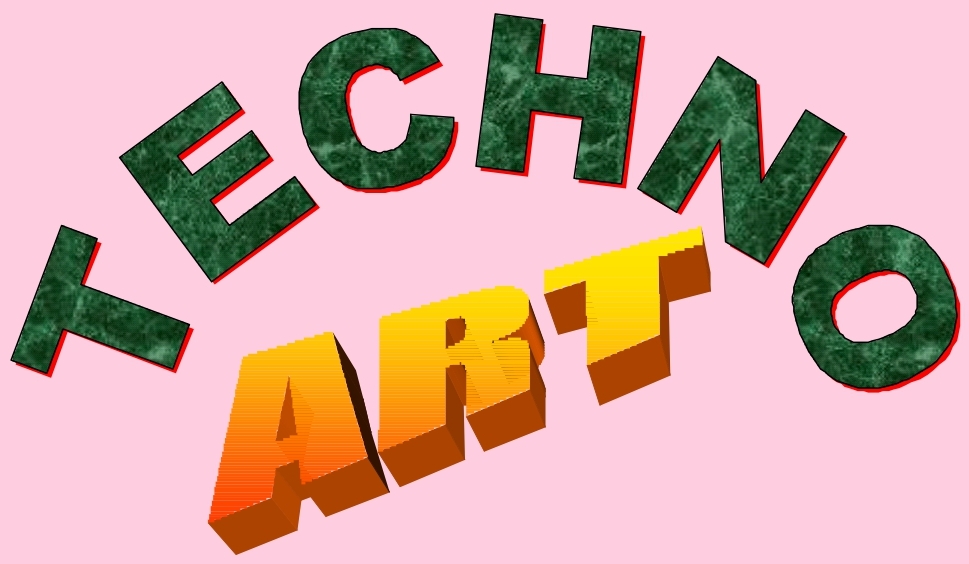WHAT IS THE ANTIQUITIES
AND ART TREASURES ACT 1972?
The Ancient Monuments and ArchaeologicalSites and Remains Act, 1958 is concerned mainly with what may be called
immovable cultural property of the country. On the contrary, the Antiquities
and Art Treasures Act, 1972 deals exclusively with movable objects of two
different categories-antiquity and art treasure.
1. Any coin, sculpture, manuscript, epigraph or other work of art or craftsmanship,
2. Any
article, object or thing detached from a building or cave,
3. Any article, object or thing
illustrative of science, art, literature, religion, customs, morals or politics
in bygone ages,
4. any article, object or thing declared by the Central Government by notification in the official Gazette to be an antiquity for the purposes of this Act, which has been in existence for not less than one hundred years;...
But the definition of "antiquity" in the Antiquities and Art Treasures Act, 1972 betrays a sharp departure in respect of manuscripts, records and documents, inasmuch as a new time-limit of seventy-live years has been fixed for such categories of objects for being considered as antiquity.
Any manuscript, record or other document which is of scientific, historical, literary or aesthetic value and which has been in existence for not less than seventy-five years;
The Act to be covered for
Antiquities and Art Treasures Act, 1972 the Central Government has declared paintings including drawings, sketches, diagrams and the like and the objects of plastic art by Rabindranath Tagore, Amrit Sher-Gil, Jamini Roy, Nandalal Bose, Ravi Varma, Gaganendranath Tagore, Abanindranath Tagore, Sailoz Mookerjee and N. Roerich as art-treasure for the purposes of this Act. These are all human works of art, not being antiquities, and have artistic and aesthetic value; moreover, the authors of these works of art are also not alive.
A close look into the provisions of the Antiquities and Art Treasures Act, 1972, which came into force throughout India from 5 April 1976, may show that this legislation deals not only with antiquity and art treasure but also, to a great extent, archival material. It is because of the last category of objects that a different time- scale has been prescribed. For the purpose of completeness it is proposed to continue the discussion on the art treasure before taking up the provisions concerning antiquities. Quite naturally, certain provisions are common to both antiquities and art treasures.
The Antiquities and Art Treasures Act, 1972 is enforced "to regulate the export trade in antiquities and art treasures, to provide for the prevention of smuggling of, and fraudulent dealing in, antiquities, to provide for the compulsory acquisition of antiquities and art treasures for preservation in public places.
Everyone is aware that the temples in South India, particularly Tamil Nadu, are rich in bronze images; some of these specimens may easily rival, in aesthetic quality, the best in the world. In the Jaina temples of western India hundreds of inscribed images are lying without proper study and decipherable of their inscriptions. These epigraphs and other objects when brought to light are sure to throw a flood of information on the economic, social, cultural and religious history of the region and the times. The temple - authorities will do a great service to the nation if they document the entire collection under their respective control at the earliest.
India is still not aware of the extent and
vastness of cultural property that it owns or, for that matter, of its
antiquarian wealth. Much is hidden in temples, palaces and old houses; and a
still greater number is buried underground. Everyday a good number of
antiquities must be coming to light in different parts of India due to
accidental digging, rain and flood cutting down the mounds of cultural
deposits, encroachment of rivers or shifting of their courses and so on. The
Antiquities and Art Treasures Act, 1972 has the provision for registration of
such antiquities as are to be discovered in the passage of time. Sub-section
3(b) of section 14 states that such antiquity has to be registered "in
case of any other person, within fifteen days of the date on which he comes
into ownership, control or possession and obtain a certificate in token of such
registration."






No comments:
Post a Comment